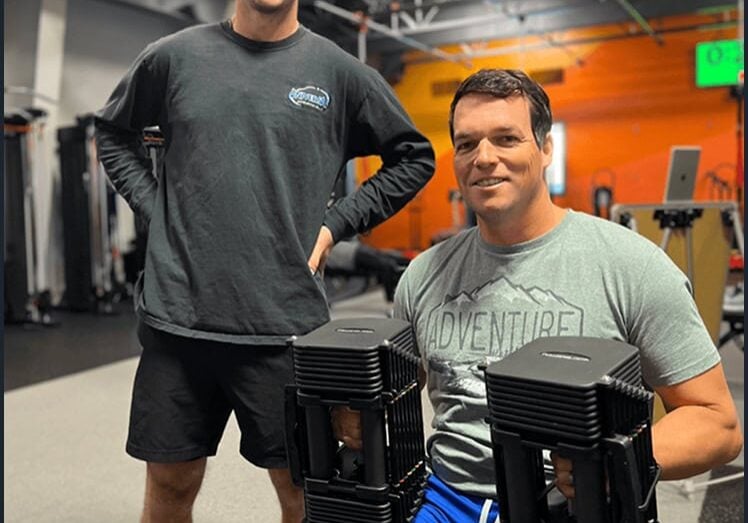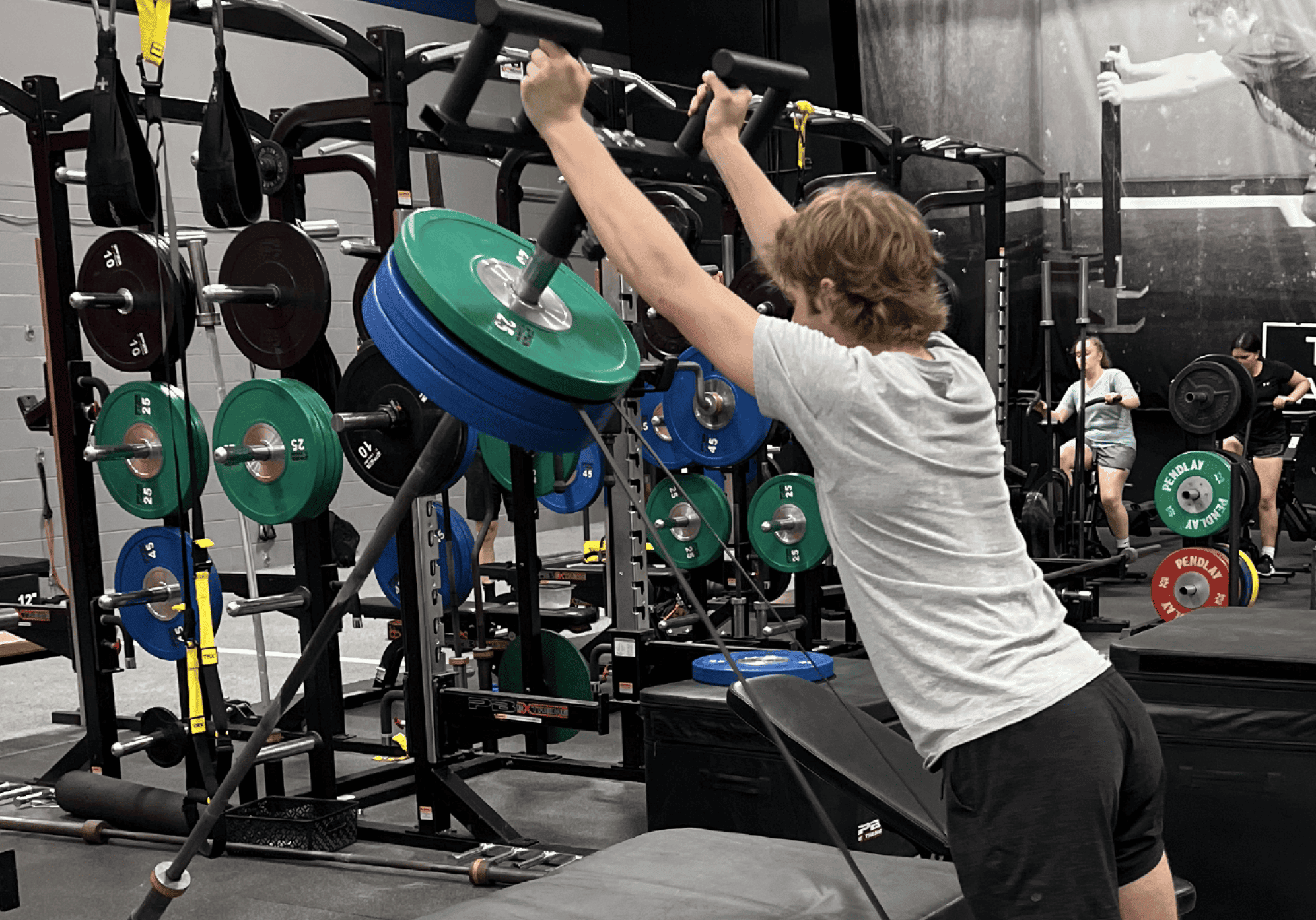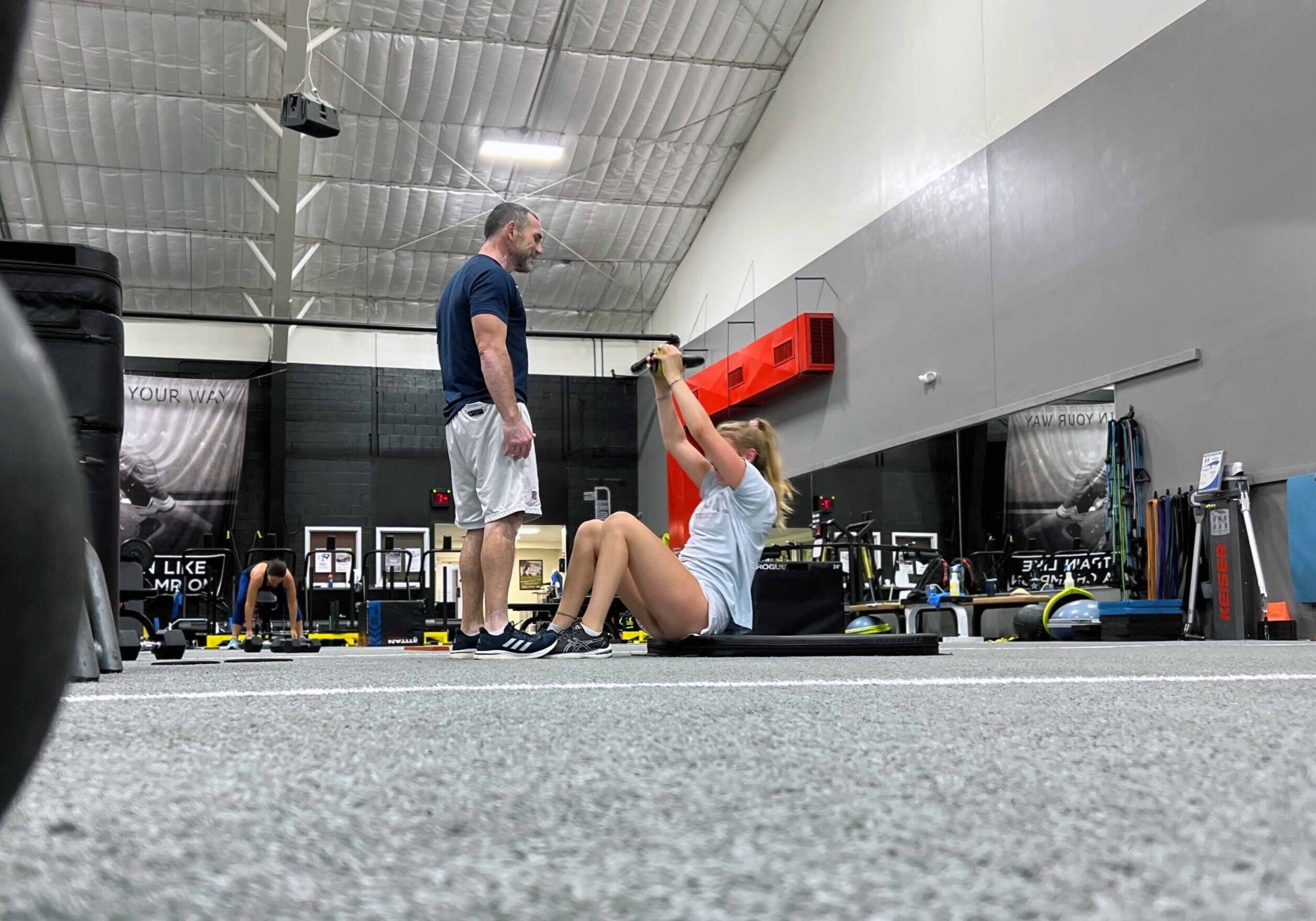
Resting is Not Always the Answer
When an athlete experiences pain and/or an injury, one of the most common responses is to ice the injured area, take some ibuprofen, and rest. The problem with this approach, however, is that it’s often the worst thing an athlete can do to recover. And more often than not, this approach can actually delay the healing process.
Why? Well, the most obvious downside of complete rest is that a lack of movement hinders the ability of numerous “healing agents” to shuttle into the injured area(s). What may be even worse is that failing to do anything decreases the inured area’s capacity to handle load – whether that‘s sprinting, throwing, etc. – which is often the reason why injuries occur in the first place. As a result, returning to competition after inactivity may put the injured area at an even greater risk since it’s often worse off than it were before.
In order to heal faster and come back even stronger, there’s almost ALWAYS something you can do. That’s why countless studies have demonstrated that moving, training, and/or rehabbing in some way, shape, or form is superior to inactivity for repair, recovery, and reduced injury risk upon returning.
The key is to build up strength through movement in some way, shape, or form. The best way to do this is by finding ways to train the injured area(s) without pain, or by simply moving it around as tolerated. If that’s not possible, consider that there are 360 joints in the body; if you can’t move one, try the other 359! For more information on how to train correctly while you are injured contact us for a free evaluation today!




